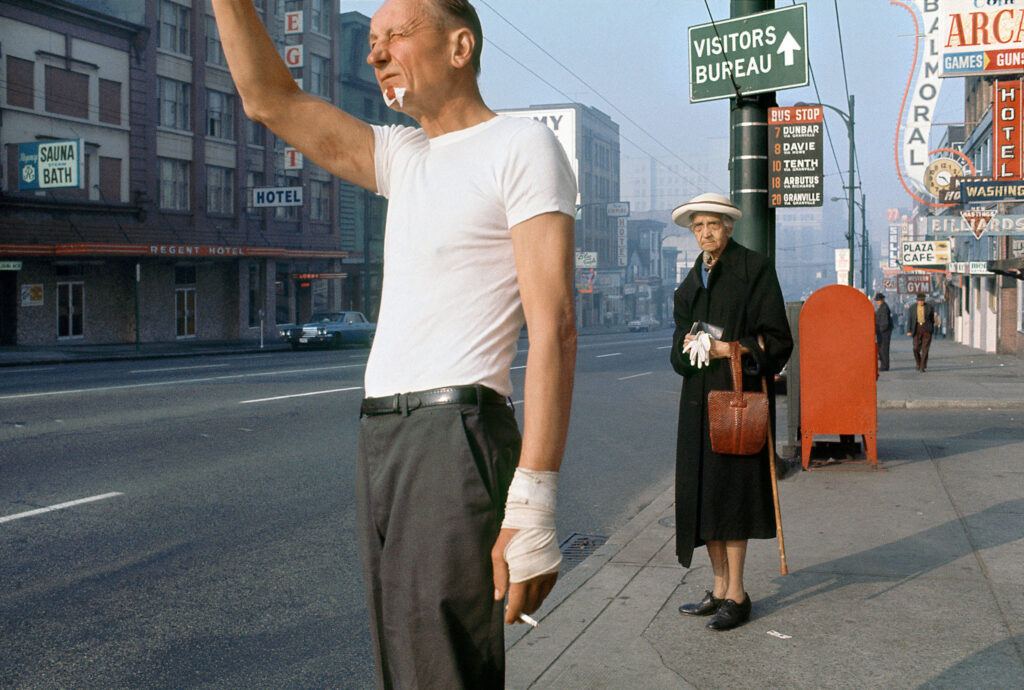The Buzz on Street Photographers
The 9-Minute Rule for Street Photographers
Table of ContentsSome Known Questions About Street Photographers.The smart Trick of Street Photographers That Nobody is DiscussingEverything about Street PhotographersA Biased View of Street PhotographersThe Buzz on Street Photographers
Road professional photographers do not always have a social objective in mind, but they like to separate and capture minutes which could or else go unnoticed.He was influenced by several of those who affected the street professional photographers of the 1950s and '60s, he was not primarily interested in capturing the spirit of the street. The impulse to visually document people in public began with 19th-century painters such as Edgar Degas, douard Manet, and Henri de Toulouse-Lautrec, who worked side by side with digital photographers trying to capture the significance of city life.

Offered the great quality of his pictures and the breadth of product, architects and musicians frequently purchased Atget's prints to utilize as reference for their own work, though business passions were hardly his primary motivation. Instead, he was driven to photograph every last residue of the Paris he liked.
All About Street Photographers
They disclose the city with his eyes. His work and basic understanding of digital photography as an art kind worked as ideas to generations of photographers that followed. The future generation of street digital photographers, though they likely did not describe themselves because of this, was introduced by the photojournalism of Hungarian-born digital photographer Andr Kertsz.
Unlike his peers, Brassa made use of a larger-format Voigtlnder cam with a longer direct exposure time, forcing him to be extra computed and thoughtful in his practice than he could have been if using a Leica. (It is believed that he might not have actually had the ability to afford a Leica at that time, but he did, nonetheless, use one in the late 1950s to take colour photographs.) Brassa's pictures of the Paris underworld lit up by man-made light were a revelation, and the collection of the series that he published, (1933 ), was a significant success.
Cartier-Bresson was a champion of the Leica cam and among my link the very first photographers to optimize its capacities. The Leica allowed the digital photographer to engage with the surroundings and to capture moments as they occurred - Street Photographers. Its relatively little size likewise helped the digital photographer discolor into the history, which was Cartier-Bresson's recommended method
How Street Photographers can Save You Time, Stress, and Money.
It is as a result of this fundamental understanding of the you can look here art of photo taking that he is commonly attributed with finding the medium around once again roughly a century given that its invention. He took photographs for greater than a half century and influenced generations of professional photographers to trust their eye and intuition in the minute.
These are the concerns I will attempt to address: And after that I'll leave you with my own interpretation of road digital photography. Yes, we do. Allow's begin with defining what a definition is: According to it is: "The act of specifying, or of making something precise, distinctive, or clear".
No, definitely not. The term is both limiting and misguiding. Seems like a road digital photography must be images of a roads best?! And all road digital photographers, except for a handful of outright beginners, will fully appreciate that a road is not the key component to road digital photography, and really if it's an image of a road with possibly a couple of uninteresting people not doing anything of passion, that's not road photography that's a photo of a road.
He makes a legitimate factor do not you think? While I concur with him I'm not certain "candid public digital photography" will certainly capture on (although I do kind of like the term "candid digital photography") since "street digital photography" more tips here has actually been around for a long time, with many masters' names affixed to it, so I believe the term is right here to remain.
The Main Principles Of Street Photographers
You can shoot at the coastline, at a festival, in an alley, in a park, in a piazza, in a cafe, at a gallery or art gallery, in a city station, at an event, on a bridge, under a bridge ...
Yes, I'm afraid we terrified no choice! Without policies we can not have a meaning, and without an interpretation we don't have a category, and without a genre we do not have anything to define what we do, and so we are stuck in a "policies interpretation genre" loophole! - Street Photographers
Getting The Street Photographers To Work
